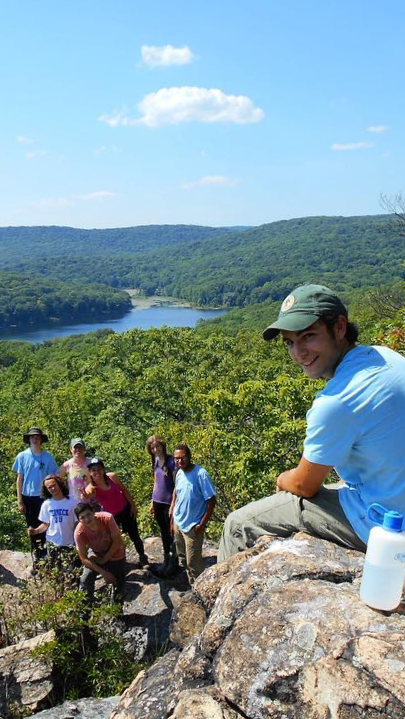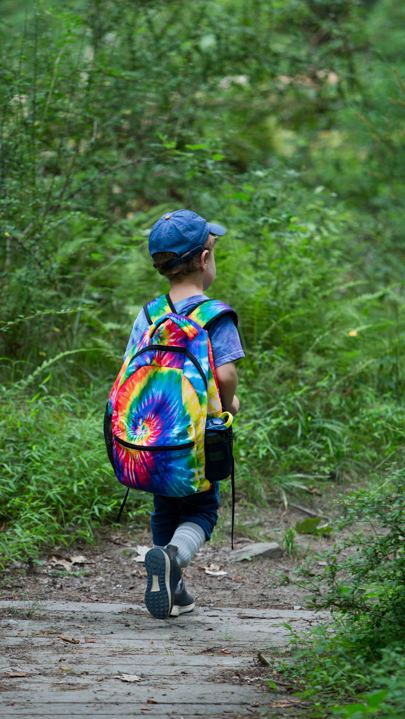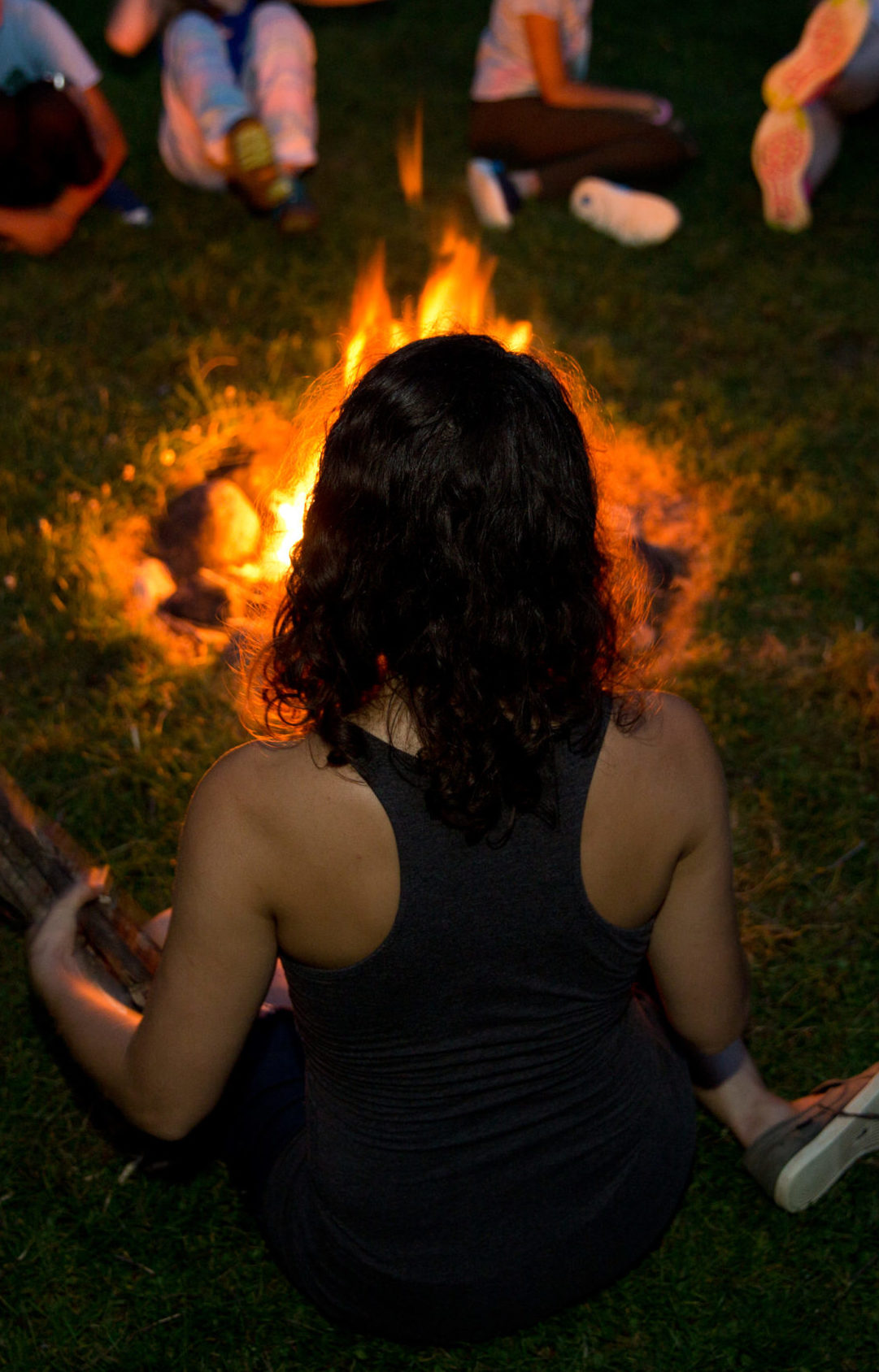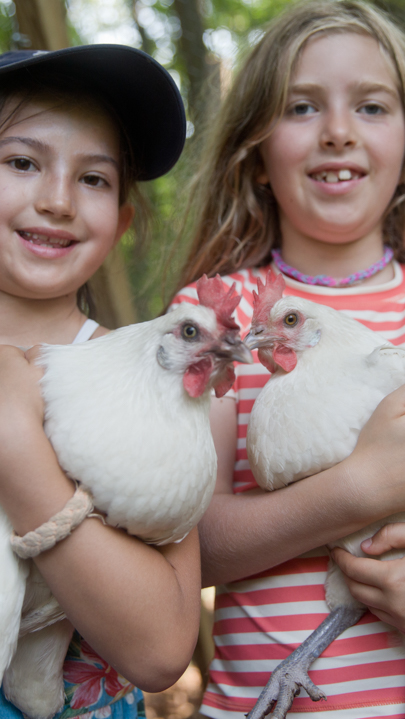Maple Sugaring at Home

First you need a maple tree. There are two reliable methods to be sure you’ve got a maple – opposite branching and brown pointy buds. The internet also has plenty of images you can use as a resource to be sure you’re tapping a maple and not an oak. This late winter weather of cold nights and warmer days is the perfect time to tap, as the contrast in temperatures is what gets the sap moving within the tree.
Next you need to drill a hole into your maple tree. We use a 7/16 inch drill bit to fit our spouts. Choose a tree that looks healthy (no decaying branches or dead-looking spots on the trunk) and is at least 14 inches in diameter (any smaller and your drilling will damage the tree). Drill your hole at a slight upward angle so that the sap runs downward, and while you can choose any part of the tree to drill, we prefer the south facing side in order to maximize sunlight, warmth, and flowing sap.
After drilling, clean out any pieces of wood in the hole. Now you can gently hammer in your spout until it fits tightly. We get our spouts from Bascom, but you can get yours from any sugaring supply company, ebay, amazon, or other places. You can also use other materials as a spout (plastic tubing is common), as long as sap is dripping from the tree into your bucket.
Hang your bucket! If you’re ordering a bucket from a sugaring company you can order a lid along with it. You can also make your own bucket from things around your house, and improvise some sort of lid to keep out the rain, snow, or inevitable bugs. We’ve seen milk jugs, five gallon buckets, sand pails, two-liter soda bottles, and more hanging off maples.
Once you have collected a decent amount of sap, it’s time to boil it down into syrup! Sap is around 98% water, cooking it is intended to evaporate the water and concentrate the sugar. Forty parts of sap will boil down to one part of syrup – so be prepared to boil a lot. As your sap gets close to being syrup you will notice a sweeter smelling steam and a darker color in your boiling pot. Seven degrees above the boiling point of water (for most of us 219 degrees Fahrenheit) means your sap has officially become syrup, but really, if it looks like syrup, smells like syrup, and tastes like syrup, you’ve made maple syrup.
Now you can eat your very own maple syrup from your own maple tree, a delight that doesn’t come easily, but one we think is well worth the effort. Maple sugaring season is over when the sap stops dripping for a few days, looks a little off-color or has a slight off-taste, or when the buds start to open. You can pull your spout out of its hole (which will heal by itself) and give your maple tree a big, sappy hug.
Happy tapping!




